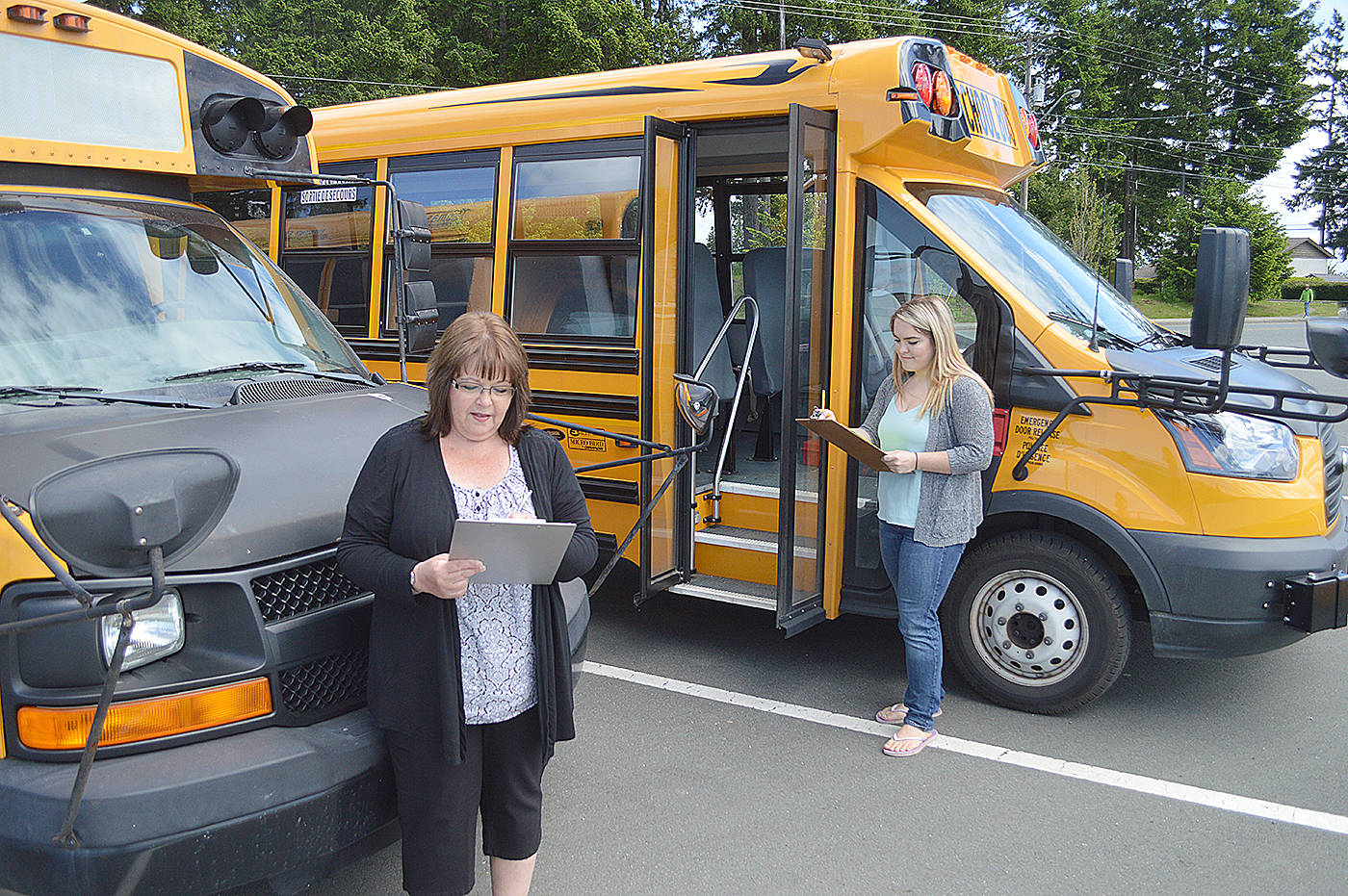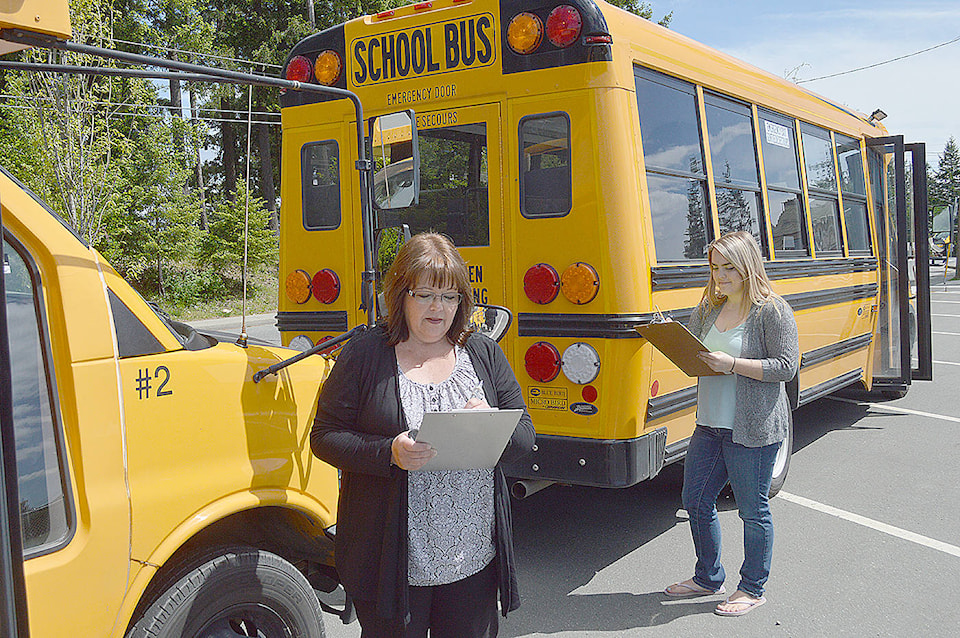Monica Brown flips through what looks like a never-ending stack of papers, tucked away in a binder that’s bursting at the seams.
The stack of papers represent parents who are desperately looking – and waiting – for childcare spaces for their school-aged children.
“There’s a huge need in our community for out of school care,” says Brown, who is the executive director of Christian Life Children’s Centre, one of just a few centres in town that provides after school care.
At Christian Life alone, there’s roughly 36 soon-to-be kindergarten children on a waitlist for September and 60-plus Grade 1 to 5 children waiting for a spot for the 2017/18 school year.
At Kidz Connection Child Care Centre, which also provides after-school care, the wait list for after school spots is about one year long and there is currently no space at all for any children between Grades 2 and 5 this fall.
The issue, says Lorrie Herman, owner of Kidz Connection, is that not enough kids are leaving the centre to free up space for new children.
“We’re not creating spaces, rather we’re feeding the next group of children,” Herman says. “There’s no space to bring in new Grade 2 to 5’s in September because there’s too many Grade 1’s moving into that space and no (older kids) leaving.”
Christian Life is in the exact same boat.
“Families can be on the wait list for at least a year,” Brown says. “We’re not automatically creating spaces. Unless there’s children leaving our centre, we’re not creating more spaces.”
Which means that parents who start their children at centres that have both small child and out of school care programs are at an advantage when it comes to finding childcare spots once their children start going to school because they simply move up from the infant and toddler rooms.
“I understand some parents are happy with where their child is (at an infant or toddler centre, for example) and they don’t want to move them but sometimes they’re not looking at the big picture down the road,” Herman says.
Of course, there are other licensed centres, including Willow Point’s out of school program, and home daycares that provide after school care but Christian Life and Kidz Connection are the two largest public childcare centres locally that transport children to and from 10 or 11 different elementary schools. Kidz Connection will also transport kids to and from their extracurricular after school activities.
It’s a costly service. In order to provide transportation, there are insurance, maintenance and fuel costs.
“Maintenance and operation costs for the bus is paid for out of parents’ fees, funding from the government doesn’t cover that,” says Brown, adding Christian Life receives just $1.40 per day per school-aged child and $2.80 for those same children during holidays, Pro-D Days or other days the children are at the centre for a full day.
Kidz Connection, a privately-run centre, receives $30,000 a month from the government but costs to lease two buildings for the childcare centre alone run Herman $16,000 a month. Then there’s the cost of the buses. Kidz Connection operates six buses. Herman’s newest bus cost $100,000. She also has to carry $15 million in liability insurance.
Then there’s the cost of staffing after school programs.
“I have staff that come in on split shifts so that they can cover before and after school,” Herman says. “They’re making (more) an hour because I’m not going to find any staff to come in for a few hours for $14 or $15 an hour, it’s not worth their time.”
At Christian Life, Brown faces the same dilemma.
“How are you going to find qualified staff willing to work part-time, but everyday and after two p.m. and full-time on all holidays and non-instructional days? How do you ask for those people?” Brown asks rhetorically.
So Brown has had to get creative with her staffing. Some will work split shifts but Brown has also started staffing an Early Learning Program to help find work for staff in the mornings while the children are at school, or they can work as support workers with the younger children in the mornings.
All in all, providing after school care comes at a great expense.
“People need to realize there’s not a lot of after school spots because they cost so much money,” Herman says.
In a perfect world, she said there would be public centres dedicated solely to after-school care but it’s likely not going to happen any time soon.
“The only way would be if the government funded it but even then it would still be in the hole and running at a deficit,” she says.
Brown’s ideal solution would be to see Early Childhood Education, which is operated under the province’s Ministry of Health (licensing) and the Ministry of Children and Family Services (funding) brought under the Ministry of Education umbrella. That way, like in her home country of Sweden, after school care programs could be run out of every elementary school.
But, Brown says, she realizes there’s currently no funding for that – the school district would face the same dilemma in finding staff willing to work for short chunks of time, and, particularly now with a recent court ruling reverting school’s back to smaller class sizes, there’s a lack of space in some, if not all, school buildings.
For now, Campbell River parents desperate for after school care, complete with transportation from school, are struggling.
“The wait list, I don’t have a solution for it. Some people get annoyed. I’ve had people crying at the counter, offering to pay anything,” Herman says. “People all get called within the year but a lot have had to move on and get care somewhere else.
“We get an average of three to five calls a day to get on the wait list,” Herman adds.
Eleanor Gee, a childcare consultant with PacificCARE, a resource and referral service, said her office receives about four to six calls per week from parents who have been directed to them as a last resort.
“Most parents have already made calls to many of our local programs and have been directed to the Child Care Resource and Referral Program for further assistance,” Gee said. “We can suggest that parents ask to have their names placed on a wait list, as one never knows when a space that meets their criteria will open up.”
Brown says it’s a desperate situation that parents may not be aware of. She says often parents elect to stay home with their children until they reach school age, when childcare is less expensive, but once they decide that it’s now a good time to go back to work, spaces are often hard to come by.
“It’s really hard when families come looking for childcare and often they’re crying,” Brown says.
“We need to look at these things to be an attractive community. People won’t want to come here if these struggles are facing parents in this community.”

